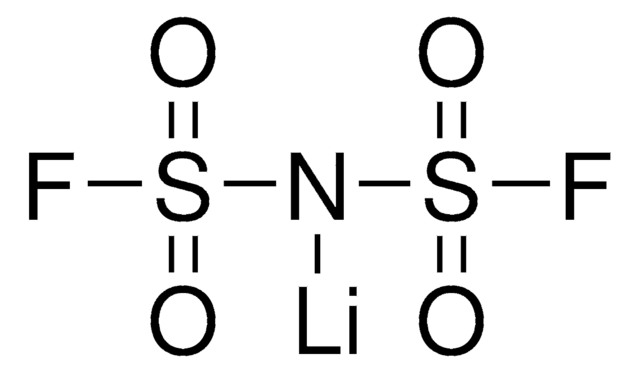933961
1,1,2,2-Tetrafluoroethyl 2,2,3,3-tetrafluoropropylether
≥99%, <=10 ppm acid, battery grade
Synonym(s):
1,1,2,2-Tetrafluoro-3-(1,1,2,2-tetrafluoroethoxy)propane, HFE-458, TTE
About This Item
Recommended Products
grade
battery grade
Quality Level
description
Application: Battery manufacturing
Assay
≥99%
form
liquid
greener alternative product characteristics
Design for Energy Efficiency
Learn more about the Principles of Green Chemistry.
sustainability
Greener Alternative Product
impurities
≤10 ppm Acid
≤100 ppm Non-volatile residue
≤750 ppm H2O
bp
92 °C
density
1.54 g/mL
application(s)
battery manufacturing
greener alternative category
Related Categories
General description
Application
Signal Word
Warning
Hazard Statements
Precautionary Statements
Hazard Classifications
Flam. Liq. 3
Storage Class Code
3 - Flammable liquids
WGK
WGK 3
Flash Point(F)
80.6 °F - closed cup
Flash Point(C)
27 °C - closed cup
Certificates of Analysis (COA)
Search for Certificates of Analysis (COA) by entering the products Lot/Batch Number. Lot and Batch Numbers can be found on a product’s label following the words ‘Lot’ or ‘Batch’.
Already Own This Product?
Find documentation for the products that you have recently purchased in the Document Library.
Our team of scientists has experience in all areas of research including Life Science, Material Science, Chemical Synthesis, Chromatography, Analytical and many others.
Contact Technical Service








